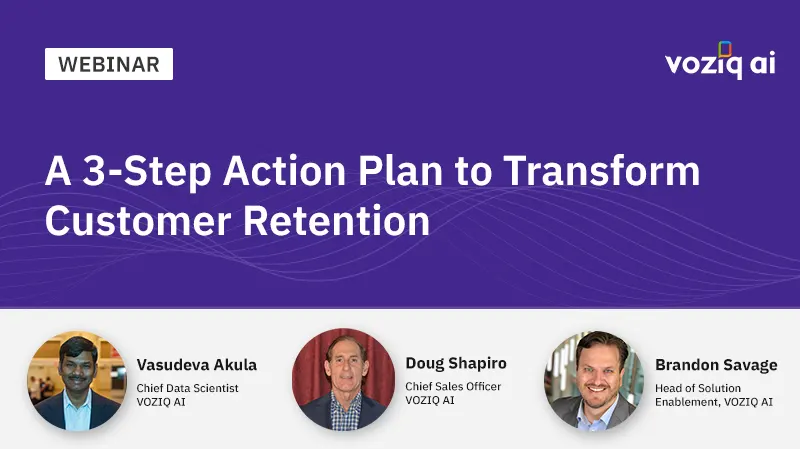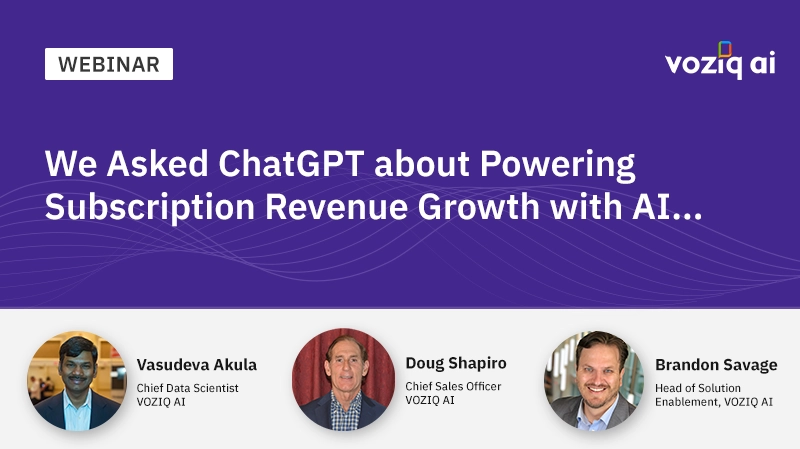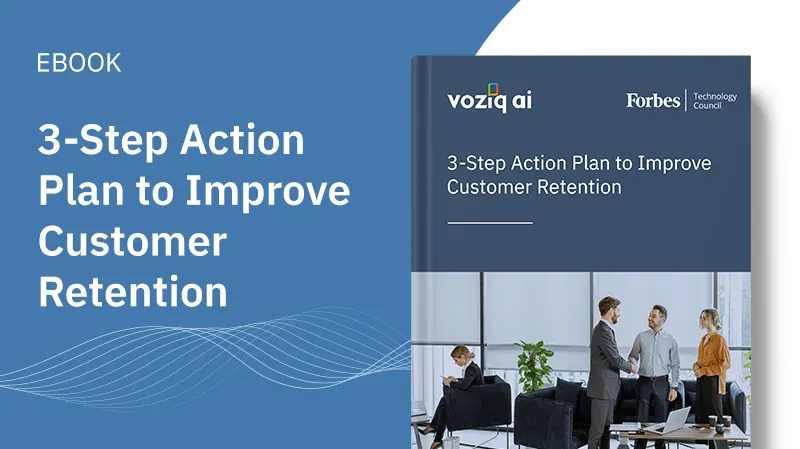Closing the Customer Intelligence Loop in Contact Centers

Closing the Customer Intelligence Loop in Contact Centers
Customer intelligence is the process of gathering and analyzing information about the customers to help build deeper and more effective customer relationships and make impactful business decisions. The intelligence obtained from customers’ data is utilized by various teams in the organization to make diverse business decisions.
The quickest impact of Customer Intelligence operationalization is in contact centers, where the customers interact directly with the service representative, who is the preferred point of contact for getting an immediate response about product/services.
Their efficiency and strategies determine what impression is cast on the customer and how well he/she is served. With the advent of CI, contact centers have seen a change in their operations. They are now inching towards a more insight-driven interaction system with segmented profiling.
Closing the loop? – What does it mean?
Every response we get from a customer holds the promise of having further discussions and gaining further insights from their feedback. Closing the loop with your customers doesn’t just mean collecting the responses, but also acting on them to get valuable insights that drive business growth.
For instance, let’s assume a customer shared a fantastic experience with your company. A service representative or a manager can reach out and thank him/her for sharing positive feedback. If they shared a negative experience, you can reach out and offer an apology and an incentive, so they continue to remain your customers.
What does closed-loop customer intelligence mean?
For a contact center, customer insights are critical to ensure the customer interaction experience is in line with corporate marketing and has consistent messaging, business, and profitability goals. For this to happen, the contact center managers should be able to:
- Understand who is interacting: The first aspect is to understand the customer who is calling or e-mailing, whether the contact represents an individual, a business, or a group. Then identify the needs, pain points, the context of the contact etc. Understanding these will help in precise segmentation and subsequent delivery of an appropriate response.
- Responding to the customer in the best possible way: Once comprehensive customer intelligence is built, it should be used to match each customer contact with the best possible customer service representative for specialized handling of the interaction. For example, a frequent caller is routed to a more skilled agent who specializes in handling similar contacts. Similarly, high-value customers are routed to agents empowered with responding to such customers.
- Empowering CSRs to drive business impact: Once comprehensive customer intelligence is built, it should be used to safeguard at-risk customers and boost customer value across the lifecycle. By effectively using customer intelligence, you can route general service calls to regular contact center representatives and high-risk customer calls to specialized retention agents for risk recovery.
- Monitoring and reporting call center KPIs: The contact center managers should monitor and report CSAT scores, customer retention numbers, first call resolution rates, (FCR) etc. results to the top management.
- Empowering contact center representatives to drive business impact: Based on customer intelligence and insights into the customer handling record of contact center representatives, best practices based training programs can be created to empower the representatives to leverage customer intelligence and deal with specific segments of the customers. This is a crucial method to achieve key business results, such as increased customer satisfaction, reduced customer churn, reduced repeat call rates, etc.
Business gains by closing the customer intelligence loop:
- Businesses gain the ability to identify the business-critical trends in customer experience and take necessary actions in a timely manner.
- By leveraging the contact center customer data in a strategic manner, businesses gain a competitive advantage in the market, in the rise of revenue risk for firms.
- Closing the loop greatly reduces operational costs by removing inefficiencies.
- Set priorities in line with customer needs.
- Promote company credibility in the eyes of its customer.
- Generate ROI.






